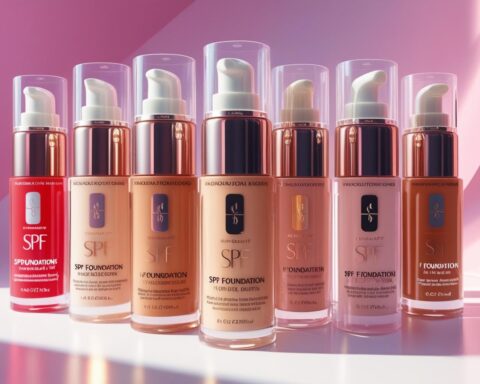Key Takeaways:
- The introduction of new standard bottle sizes for spirits in the US is fueling market expansion and innovation.
- These new bottle sizes offer benefits for both consumers and manufacturers, providing flexibility, facilitating international sales, and enabling a broader range of products.
- Expanded options can potentially help alleviate supply chain issues.
- Addressing the perception of “shrinkflation” will be an important task for the spirits industry.
- The possibility of eliminating all standard sizes, except for minimum and maximum sizes, could lead to even more innovation in the future.
New Regulations Transforming the Spirits Market
In December 2020, the Alcohol and Tobacco Tax and Trade Bureau (TTB) broadened the “standard of fill” regulations for spirits and wines available in the U.S. These changes, including the addition of 700ml bottles for spirits, have opened up new avenues for the industry. For both consumers and producers, this regulatory update has meant an expanded range of products hitting U.S. shelves, the ripple effects of which are still being felt in 2023.
Unlocking Potential for Small Businesses and Export Markets
The shift towards a wider array of gin bottle sizes, and spirits more generally, has been particularly advantageous for small independent distilleries and bottling companies. Previously, the cost of producing different bottle sizes for various markets was prohibitive for many smaller businesses. The new regulations, however, have eased this burden, facilitating a broader international reach.
For example, companies like London-based Ford’s Gin can now produce limited-edition spirits like their sloe gin in a single size that caters to both the U.S. and European markets. This expansion of standardized sizes not only reduces production costs for these smaller entities but also helps them tap into previously inaccessible markets.
Benefits for Importers and Supply Chain Efficiencies
For importers, the regulation change has increased their options and offered opportunities for broadening their product lines. They are no longer restricted by the need to import specific bottle sizes to cater to the U.S. market. Importers can now delve deeper into the catalogs of overseas distilleries, bringing a more diverse range of spirits to American consumers.
The transition towards the global production standard of 700ml bottles could also potentially help ease supply chain issues. As more of these bottles are produced globally than their 750ml counterparts, shifting to this standard could lead to smoother, more efficient logistics.
Addressing the Perception of “Shrinkflation”
With the introduction of smaller bottle sizes, one challenge the industry faces is to convince consumers that this isn’t a case of “shrinkflation”—reducing product size while keeping the price the same or even raising it. Clear communication and education will be key in helping consumers understand the advantages and possibilities that these new sizes bring, such as exposure to a wider range of products from around the world.
The Future of Spirits Bottle Sizes
Looking ahead, the TTB is considering even more radical changes, including adding more sizes for wine and possibly eliminating all standard sizes, except for a minimum and maximum size. If this proposal goes through, it could open the door for even more innovative packaging and marketing strategies, further energizing the spirits industry.
While the expansion in 2020 enabled 50ml mini-bottles for import, some producers are already eyeing the possibility of bringing even smaller bottles, such as 30ml and 40ml, to the market for promotional purposes. This could herald a new era of creativity and customization in the world of spirits, where every product may indeed come in its own size.
In conclusion, the changes in gin bottle sizes and spirits packaging, in general, are much more than a regulatory adjustment. They represent a shift towards a more global, flexible, and innovative spirits market. As the industry continues to navigate these changes, consumers can look forward to a future of greater diversity and choice in their spirits shopping.








